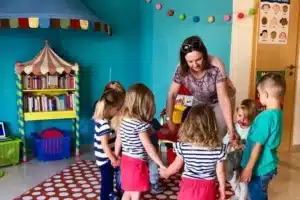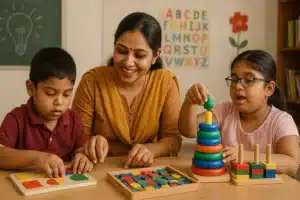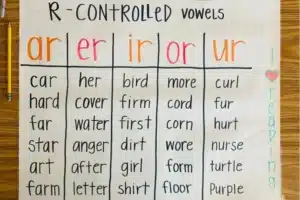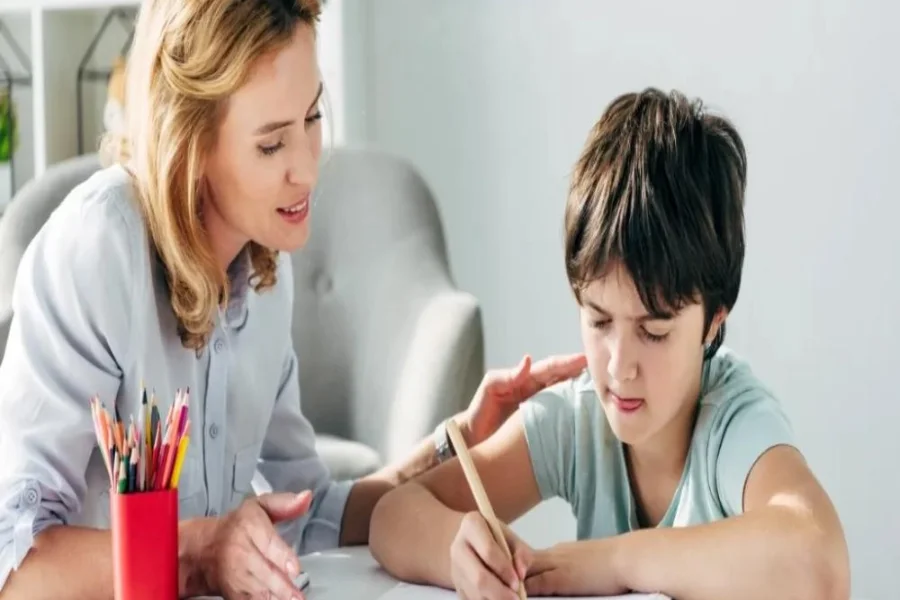
Source: schoolofhealthcare
A regular classroom is a learning pitch that comprises of students with different attributes, varied strengths and diverse learning styles due to which not all children learn at the same pace. At times children possess learning disorders due to which their learning skills are not properly developed leading to academic gaps.
Gaining insights into why the child is struggling to cope will helps parents and educators to understand whether the child is suffering from some learning difficulty. Understanding the common learning problems is beneficial to provide special children with targeted support addressing their areas of concern that gradually helps them to become self-reliant and confident in their classroom.
Five Common Learning Problems Faced by Children
Learning problems directly impact the academic excellence of the child affecting their emotional well-being and self-esteem. This can severely influence the mindset of the child restricting him from engaging whole-heartedly in all classroom activities.
Some of the most commonly prevalent learning problems are listed below;
Reading Disorder Dyslexia
Dyslexia a reading disorder impacts the brain’s processing power of recognizing letters due to which the reading fluency and overall literacy skills take a big hit. Due to this the child hesitates to take part in reading activities or avoids reading totally.
Maths Disorder Dyscalculia
This Disorder impacts the competency of the child to understand numbers, their values and ability to decode abstract concepts of time and money. Due to this the child’s basic skills to solve maths operations can be severely impacted.
ADHD (Attention-Deficit/Hyperactivity Disorder)
ADHD a neurological disorder impacts the crucial dexterities of the child including focusing power, acting without thinking and ability to sit in one place. Due to poor attention the child fails to understand instructions leading to unfinished assignments and poor academic progress.
Auditory Processing Disorder (Difficulty Processing Sounds)
Even with normal hearing, children may not fully understand what is being said, especially in noisy environments. They might often ask for repetition or misinterpret spoken directions.
Writing disorder of Dysgraphia
This learning difficulty arises out of poor motor skills that affects the finger grip as well as the capability to organise thoughts on paper.
Early recognition of various learning problems helps to address the child’s learning needs at an early stage with suitable tools and appropriate teaching techniques enabling successful attainment of learning goals along with enhanced social well-being.
For more Details on the LD Course , Call / WhatsApp at +919321024137 / +919869866277
To Download the Brochure of the LD Course, Click Here!
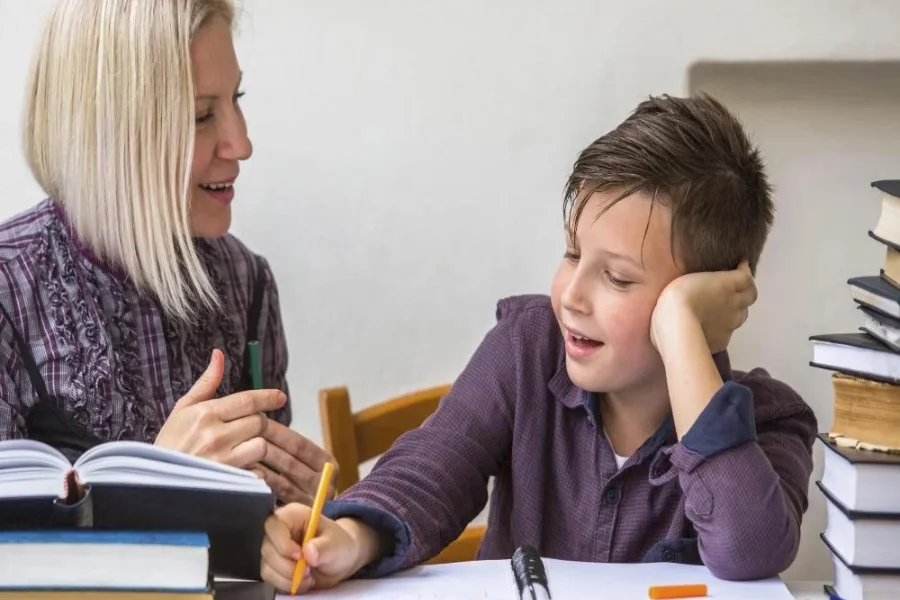
Source: fsedu
What Causes Learning Problems?
There can be varied reasons due to which learning problems occur. Learning problems do not imply that the child lacks intelligence, it only implies that the child’s way of acquiring and processing information are not as same as the average learner.
Knowing what causes learning problems helps to devise effective strategies and suitable teaching techniques that helps children thrive academically and socially.
Here are some common causes of learning problems:
Genetic Factors
Research says that Learning difficulties can arise out of hereditary reasons. If there is a case of learning disability in the family there can be instances of more such learning disability cases in the future generations to come that affect reading, writing, or attention skills.
Brain Development Issues
The brain structure of children with learning problems are different and not same as children who do not have learning problems. These differences affect the brain’s functioning resulting in poor processing of signals.
Complications at birth
Any kind of complications during birth such as lack of oxygen, premature birth or even low weight at birth can cause learning problems.
Harmful toxins exposure
When expecting mothers unknowingly are exposed to harmful toxins such as led there are chances that the brain development is affected.
Home Environment
When the environment at home is turbulent with aggressive individuals there are chances of the child’s competencies are affected leading to poor learning skills.
Emotional Issues
Repeat failures affect the child’s self-esteem that has a direct impact on their concentration and memory power. Children with learning difficulties may suffer from anxiety and trauma that limits their capacity to perform better.
Hearing or Vision Impairments
At times the child might have hearing issues or visual challenges that go unnoticed that can lead to poor academic performances.
Getting to know what is causing the learning difficulty helps to devise apt intervention plans that helps children learn in a manner that aligns with their learning styles helping them overcome learning challenges effectively.
For more Details on the LD Course , Call / WhatsApp at +919321024137 / +919869866277
To Download the Brochure of the LD Course, Click Here!
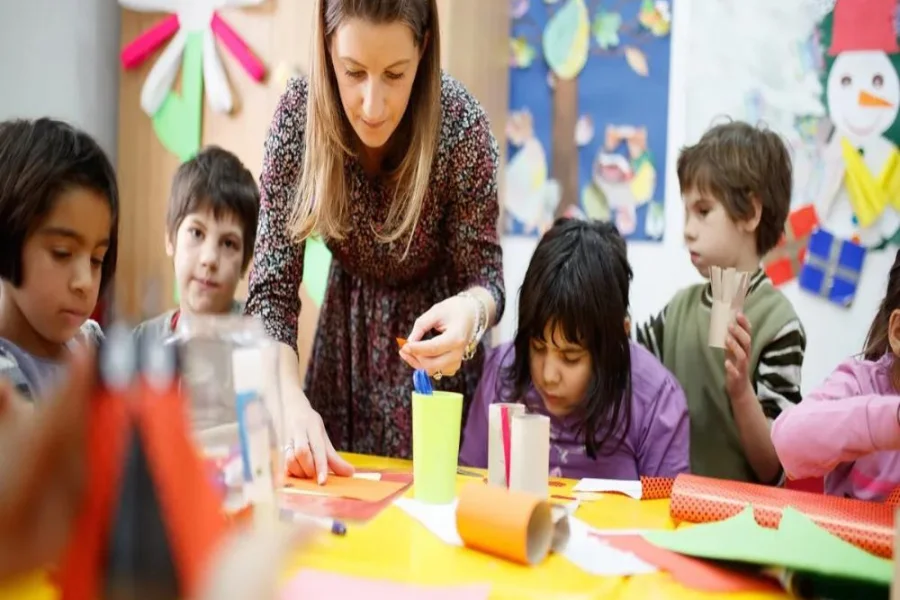
Source: brightspotcdn
What are the Three Major Obstacles to Learning?
Children may face several hurdles that make learning difficult. But there are 3 major obstacles that predominantly impact the child’s academic progress and confidence. Identifying these issues help to provide the child a thriving learning environment supporting their learning efficiently.
Poor attention and focusing capabilities
Due to poor focusing power the child struggles to adhere to instructions leading to unfinished tasks and assignments. Child gets easily distracted with the slightest sound and affects how they absorb information.
Menial enthusiasm
When the child cannot make sense of the lessons being taught or despite trying, they cannot process concepts they get extremely demotivated and do not have the enthusiasm to learn well. Repeating the lessons leads to boredom where the child loses his focus on be on track.
Emotional and Psychological Barriers
Anxiety, stress, fear of failure, or low self-confidence can block learning. Negative past experiences in school or at home can create way to new difficulties. Children may feel shy to ask for help or participate actively.
The above three issues of low enthusiasm, lack of concentration and emotional hassles restricts the child’s competencies to strive harder to attain their real potential.
But when the right academic support and guidance are provided to students children gradually get the confidence to handle their challenges skilfully and participate actively in all classroom activities.
For more Details on the LD Course , Call / WhatsApp at +919321024137 / +919869866277
To Download the Brochure of the LD Course, Click Here!
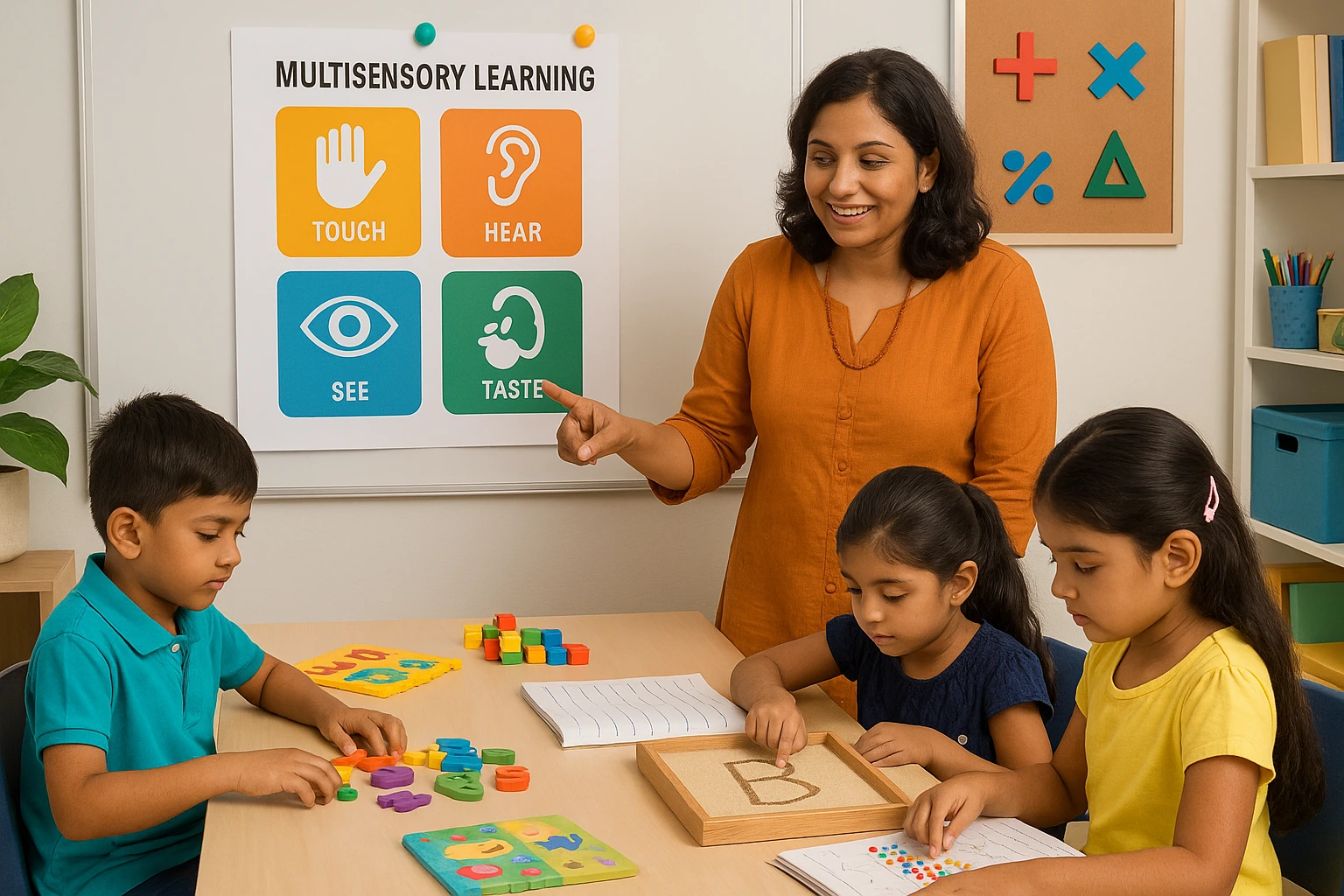
What are the Different Ways Children can learn?
Every child has a unique learning style which helps them acquire knowledge in a stress-free manner. Gaining insights into the different types of learning styles enables teachers to devise teaching methods that focus on their learning preferences supporting children to attain their learning goals comfortably. Teachers should possess the ability to modify the teaching style to suit the child’s learning needs.
Vidhyanidhi Education Society (Govt. Regd.) a premier teacher training institute has launched a Learning Disability Course that has helped transform dreams of aspirants into reality of getting lucrative prospects at prestigious institutions with attractive monetary remuneration and immense career scope.
Here are some of the most identifiable ways in which children learn:
Visual Learning
Children take in information through images, charts, diagrams, and written information.
Drawing, watching videos, and playing with flashcards may support lessons.
Auditory Learning
These learners understand better by listening to spoken instructions, discussions, or music.
Reading aloud or using rhymes and songs supports their learning process.
Kinesthetic Learning
Practical activities, movement and real-life experiences improve learning.
uch kids benefit from role-playing, experiments, and physical activities.
Reading and Writing-Based Learning
These learners prefer written material and enjoy note-taking and journaling.
Worksheets, reading exercises, and written tests help them retain information.
Social (Interpersonal) Learning
Learning improves through group work, peer interaction, or teacher-led discussions.
They thrive in collaborative settings where they can ask questions and share ideas.
Solitary (Intrapersonal) Learning
Some children prefer quiet, independent study.
They benefit from self-paced assignments and reflective tasks.
Children with special needs possess normal to average intelligence but due to inopportune processing prowess they need academic support and personal guidance to manage their learning challenges. To be able to address their learning needs aspiring teachers need to undergo appropriate training and gain thorough understanding of learning disabilities empowering them to do their duties diligently.
Acquiring a Learning Disability Course certification from an eminent platform of Vidhyanidhi Education Society (Govt. Regd.) will help trainees promote a conducive learning environment where every child’s learning is given due importance making them feel valued and supported.
Transform learning challenges into strengths with Vidhyanidhi’s expert LD course today!
For more Details on the LD Course , Call / WhatsApp at +919321024137 / +919869866277
To Download the Brochure of the LD Course, Click Here!
FAQs
What Are Learning Difficulties in Children?
Learning Difficulties in children comprise Dyslexia, Dysgraphia, Dyscalculia that impacts their competencies of reading, writing and mathematics drastically.
What are the Challenges Learners Experience?
Students can experience difficulty with concentration, memory, comprehension of instructions, or calculation of language and numbers in schools.
How to Improve Child Learning Skills?
Employ interactive approaches, establish habits, provide effective instructions, and acquire assistance from experienced professionals such as those of Vidhyanidhi Education Society.

